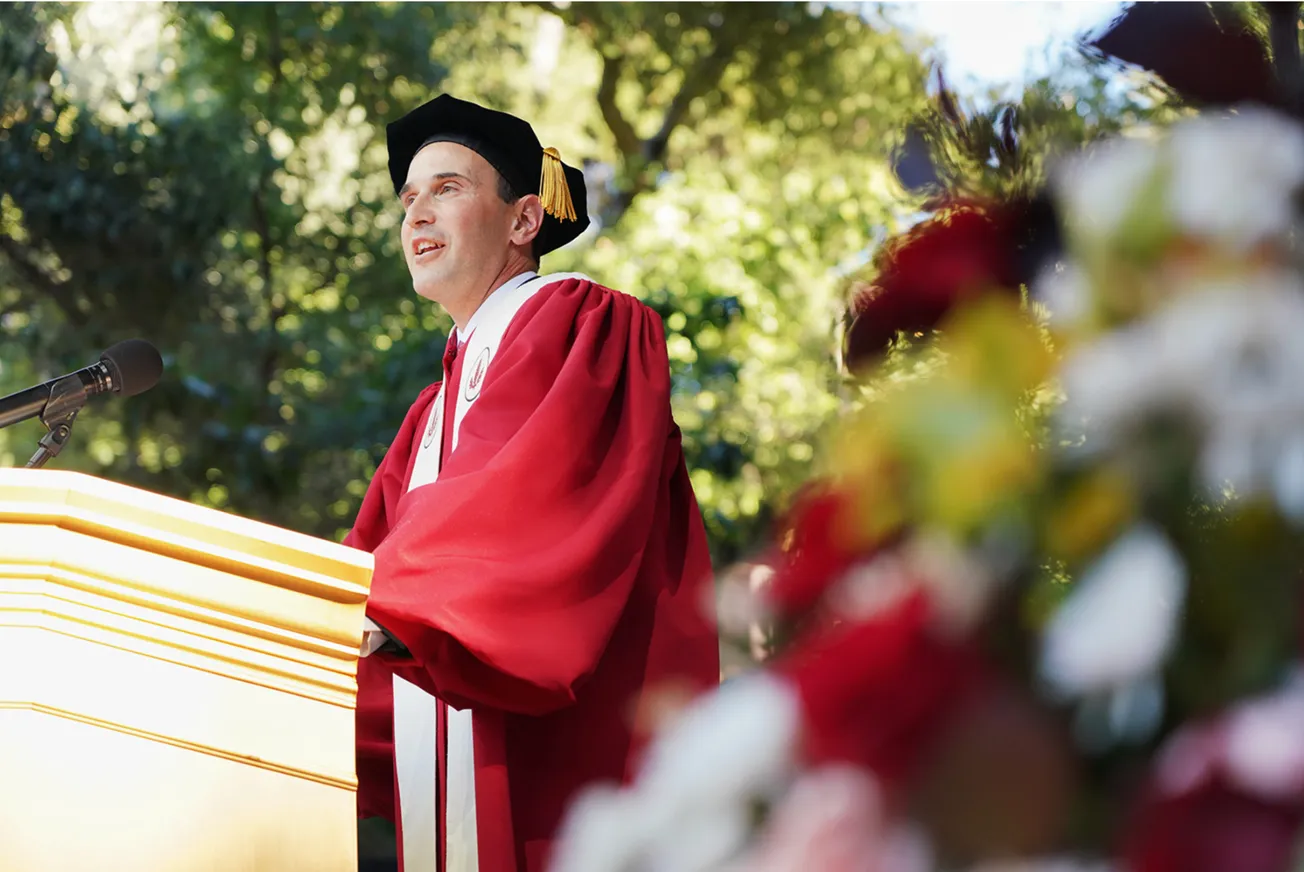Table of Contents
 For Catholics, the recent wave of sex abuse scandals feels like an awful case of déjà vu after the nightmare of 2002. Old wounds have been reopened and fresh doubts awakened. Does the discipline of clerical celibacy engender sexual deviancy? Did the Vatican actively shield sex offenders from justice? Is the pope himself guilty of enabling pedophiles?
For Catholics, the recent wave of sex abuse scandals feels like an awful case of déjà vu after the nightmare of 2002. Old wounds have been reopened and fresh doubts awakened. Does the discipline of clerical celibacy engender sexual deviancy? Did the Vatican actively shield sex offenders from justice? Is the pope himself guilty of enabling pedophiles?
The smoke screens of agenda run so thick around reports on this issue that penetrating them can be a real project. So when the Daily, claiming merely to “restate the facts,” published a misleading summary of recent events, I was neither surprised nor particularly incensed. Indeed, the editorial, entitled “In abuse scandal, Vatican is not excused from criticism,” got a lot right (including its headline), and its tone was respectful and fair-minded. Nonetheless, the gravity of the issue compels me to offer a few clarifications.
For full disclosure: I am a conservative Catholic. Rather than take my word I encourage my readers to verify my claims with their own research.
As I understand it, the Vatican faces three major accusations of negligence regarding sexual abuse.
The first involves Rev. Stephen Kiesle of the Diocese of Oakland. According to the New York Times article “Pope Put off Punishing Abusive Priest,” the Congregation for the Doctrine of the Faith (CDF), which Cardinal Ratzinger (now Pope Benedict) headed from 1981 to 2005, failed to “defrock” (a reference to a punitive dismissal of a priest from the clerical state by the Vatican) Kiesle despite evidence that he abused of minors.
Unfortunately, the New York Times makes the rather egregious error of conflating dismissal from the priestly ministry and dispensation from priestly vows, such as celibacy. It was granting Kiesle’s own request for a dispensation that the CDF “put off,” not a motion to defrock him.
In fact, until 2001 the CDF didn’t even have the authority to intervene in cases of sexual abuse. Any fault for “putting off punishment” lies with the Diocese of Oakland whose responsibility it was to initiate a canonical trial.
The New York Times’ error is widely documented on the web. The Daily does well to ignore the Kiesle case.
The Daily editorial does, however, report that “a Munich priest’s alleged abuse showed that the Pope may have directly ignored cases of abuse by the clergy while serving as then-Archbishop Joseph Ratzinger.” This is the second major accusation circulating in the press.
The Daily misses a key fact: the priest in question served not in Munich but in the Diocese of Essen, outside Cardinal Ratzinger’s jurisdiction. However, the Bishop of Essen did send him to Munich for therapy and requested permission to house him in a building owned by the Archdiocese of Munich, which Ratzinger granted.
At some point this priest was allowed, while receiving therapy, to help at a parish in Munich; however, the Vicar General of the Diocese of Munich has stated publicly that he made this decision without consulting Ratzinger. The Daily’s statement lends credence to what is therefore a groundless accusation of the pope.
The Daily also refers to the third charge of negligence, involving Fr. Lawrence Murphy of the Archdiocese of Milwaukee. Victims of abuse by Fr. Murphy brought the case to the Archbishop Weakland who asked the CDF in 1996 for direction regarding a canonical trial.
Weakland waited nine months before receiving a reply from Cardinal Bertone of the CDF that approved of the motion to defrock Fr. Murphy, who then appealed for clemency on account of his age and ill-health. Bertone did not acquiesce to his request to halt the canonical trial, contrary to the claim of another New York Times article.
Proof of this fact can be found in the memo summarizing a CDF meeting about Fr. Murphy, which shows that Bertone handled the case (Ratzinger was not even present) and that he did not stop a canonical trial against Murphy.
A trial of Fr. Murphy was never completed because he died a few months later.
What can we conclude? Critics are right to protest that the CDF’s nine month turnaround is unacceptable, and the Daily is right in that we should not consider Pope Benedict himself above criticism—as the former head of the CDF, he bears at least some responsibility for how the office was run.
But to suggest that the future pope deliberately “covered up” anything, as Maureen Dowd claims, or that he refused to punish sex offenders, as the New York Times implies, is to border on calumny.
The answers to all three questions posed at the beginning of this article are negative. The pope did not enable sex offenders. As for celibacy, the reader might be surprised to learn that there seems to be no statistically significant difference between the percentage of Catholic priests who are sex offenders and the percentage of male ministers of other denominations who are sex offenders—which is as low as *half *the corresponding percentage of the general male population.
None of this means that criticizing the Vatican is religiously intolerant per se. On this point I wholeheartedly endorse the Daily’s stand. All I ask, to quote Pope Benedict’s latest encyclical, is that whatever criticism is levied is done so in charity and in truth. Regrettably, much of the recent press satisfies neither condition.
Charlie Capps is an officer in Stanford Students for Life and a member of the undergraduate leadership board of the Catholic Community at Stanford.



